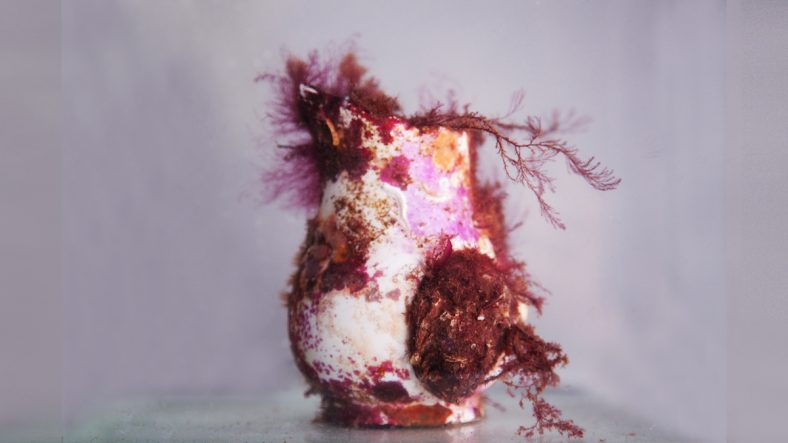
Human Impacts on Marine Species (Waste Dumped in Ocean)
How do we design for both human and non-human stakeholders?
This course was one of the most thought-provoking courses that I have taken in Aalto. The course offers an opportunity for students from multiple disciplines to work together, to study and develop new products, services, and businesses based on blue economy principles.
The course began from 10 days of field research in collaboration with the Kristineberg Marine Research in Lysekil, Sweden.
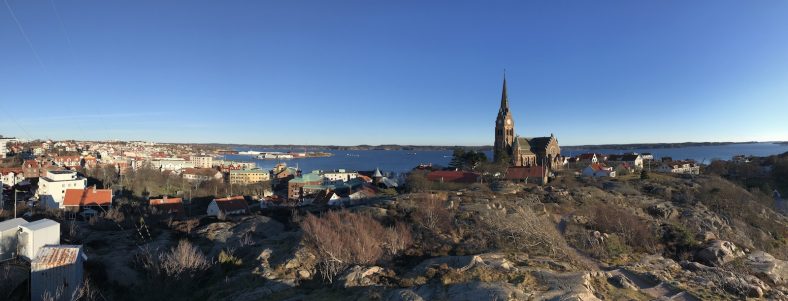
Lysekil, Sweden
In the beginning, we took the boat tours to the nearshore of Sweden Atlantic coast and learned local marine species.
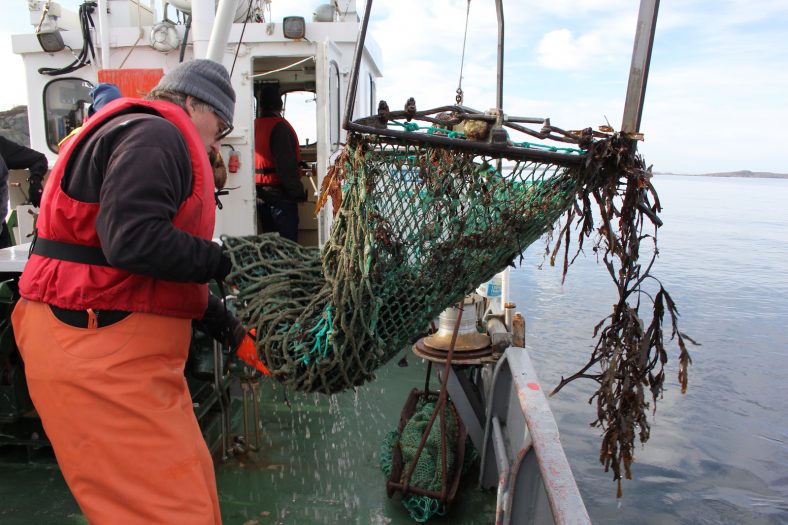
Boat Tour of Local Marine Organism and Their Natural Habitats.
After that, we began our first empathic activity. We tried to relate ourselves as one of the species we found in the tour and role-play to think about how to include non-human stakeholders (environment, plants, and animals) into the design process? What are the roles of these non-human stakeholders?
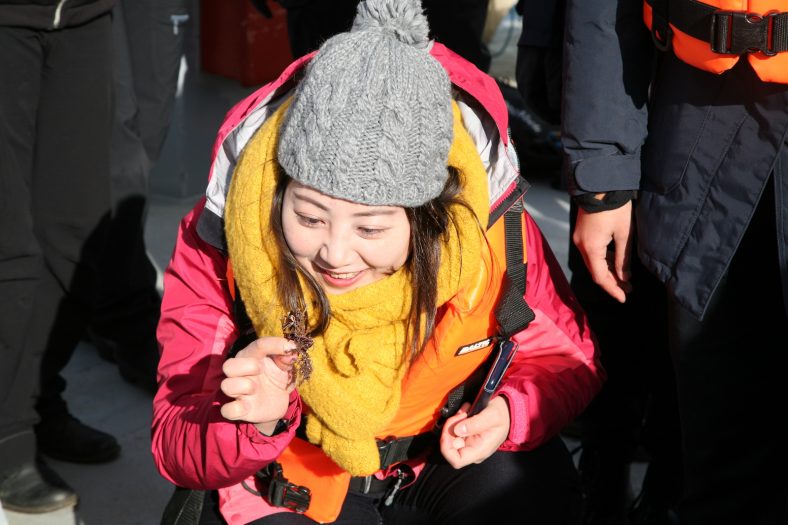
Meet My Empathy Representative Creature Red Algae.
We spent quite an amount of time doing the research of our own species. Then in the next few days, we needed to introduce our species to the whole course and demonstrated how we benefit and deprived by the change of environment.
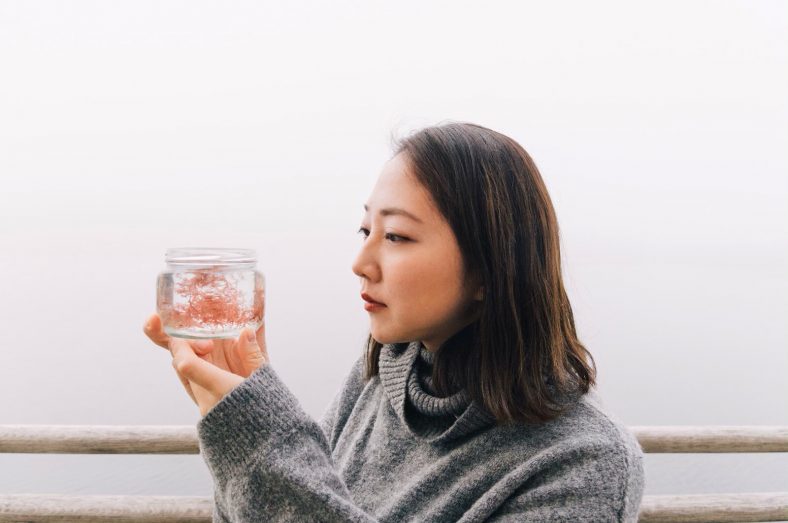
Me and Red Algae
This activity was meant to create empathy with the non-human stakeholders and have a deep reflection on the role of human behaviors and the role of non-human stakeholders. Empathy requires knowledge and compassion. By collaborating with the transdisciplinary lecturers including marine biologists, chemists, and ecologists.
I learned a lot of knowledge and fun facts that I didn’t know before of my peers’ species, like “Orca don’t talk with others who eat differently from them”, and also realized how huge the economic potential of the seaweed industry in Lysekil.
There are also some funny cultural differences that happened in class. In western, it’s not that common to eat seaweed and some kinds of seafood before. But in Asian, especial I am from an island country. People are used to having a different wide variety of seafood from a young age. When I was asked about what’s my first impression of red algae, my first instinct reply is “looks very delicious” and which made the whole class laugh.
In the next few days, we visited both indoor and outdoor seaweed farms to study ecological sustainability and commercial viability. The seaweed farming not only can promote new sustainable growth of the food industry also can increase more local employment, but it might also create some side-benefits like the trend of education marine visit.
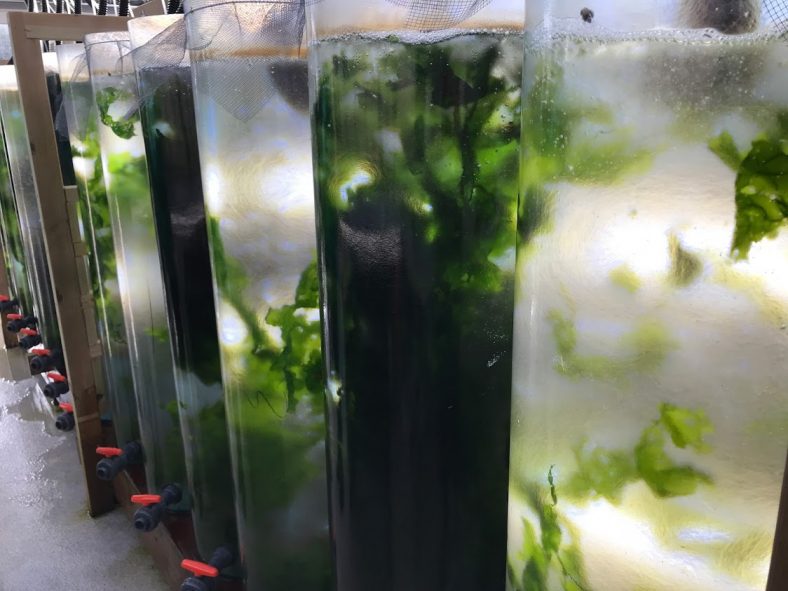
Indoor seaweed farm
We had opportunities to attend different making workshops to learn how to make seaweed flower press, seaweed making, biomaterial derived process.

Seaweed Flower Press Workshop
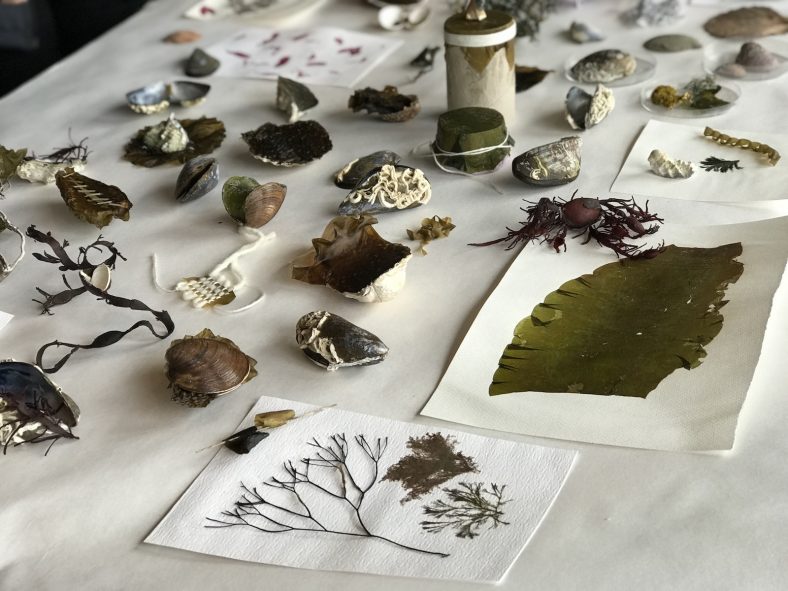
A Small Workshops Result Exhibition
After I explored and understood the current challenges under social practice, I chose the challenge that using service design to develop the opportunities or concepts to help and transform Lysekil into a future city where seaweed and sustainable marine industries play an important role.
We split into different teams according to our interest challenges. After that we started to conduct field research and interviews with the local community of fishermen, marine biologists, researchers, and planners in the aquarium, management of the tourism bureau. My team decided to focus on education and the aquarium. We noticed that the aquarium is one of the most popular tourist destinations in the Lysekil. And it might be a good cutting point to design to enhance the awareness and communicate the knowledge of ocean protection to the local citizen and visitors.
By targeting aquarium, we could also develop eco-tourism visits, which can help the local economy also educate the tourist to learn more about marine life.
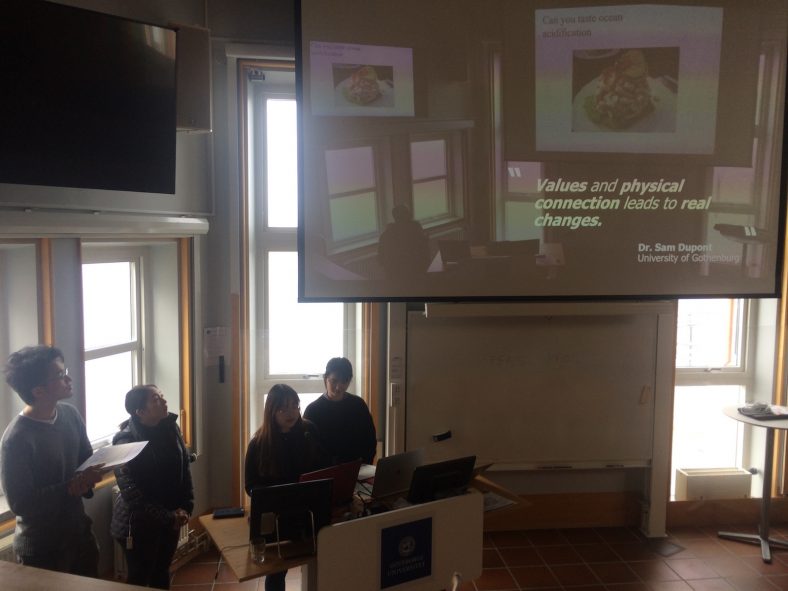
Aalto Design mid-Presentation in the Kristineberg Marine Research
The students proposed a diversity of design proposals for the project which includes developing the materials derived from marine organisms, emotion-provoking and intriguing artwork, service and social influences strategies design, also co-design workshops with the local community.
The Kristineberg Project was taught by Prof. Julia Lohmann and Dr. Pirjo Haikola of Aalto University as well as Prof. Fredrik Gröndahl of KTH Stockholm.
Great thanks my beloved team member for the wonderful Photos: Jing Zhu, Shotaro To, Xinquan Wen, Zijun Lin.
Read more about the course here. Course code: MUO-E5027
Senciria Chou
Master’s Program in Collaborative and Industrial Design

